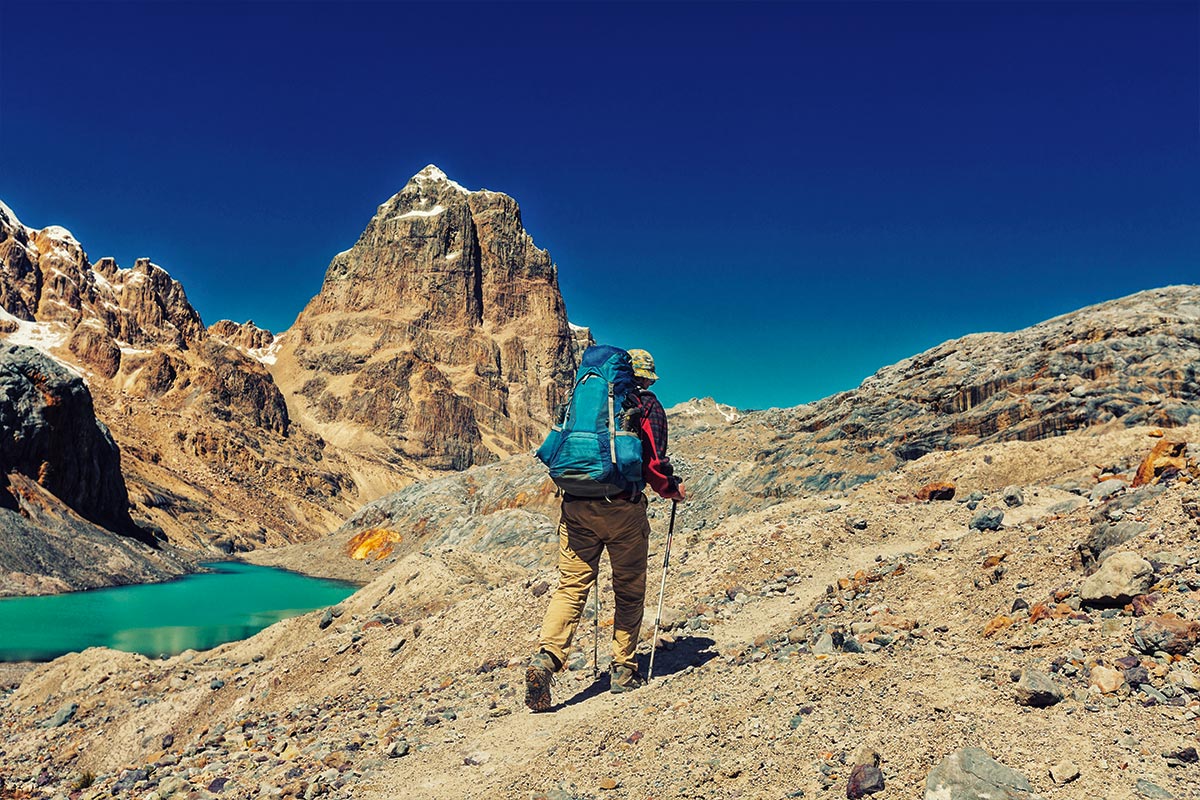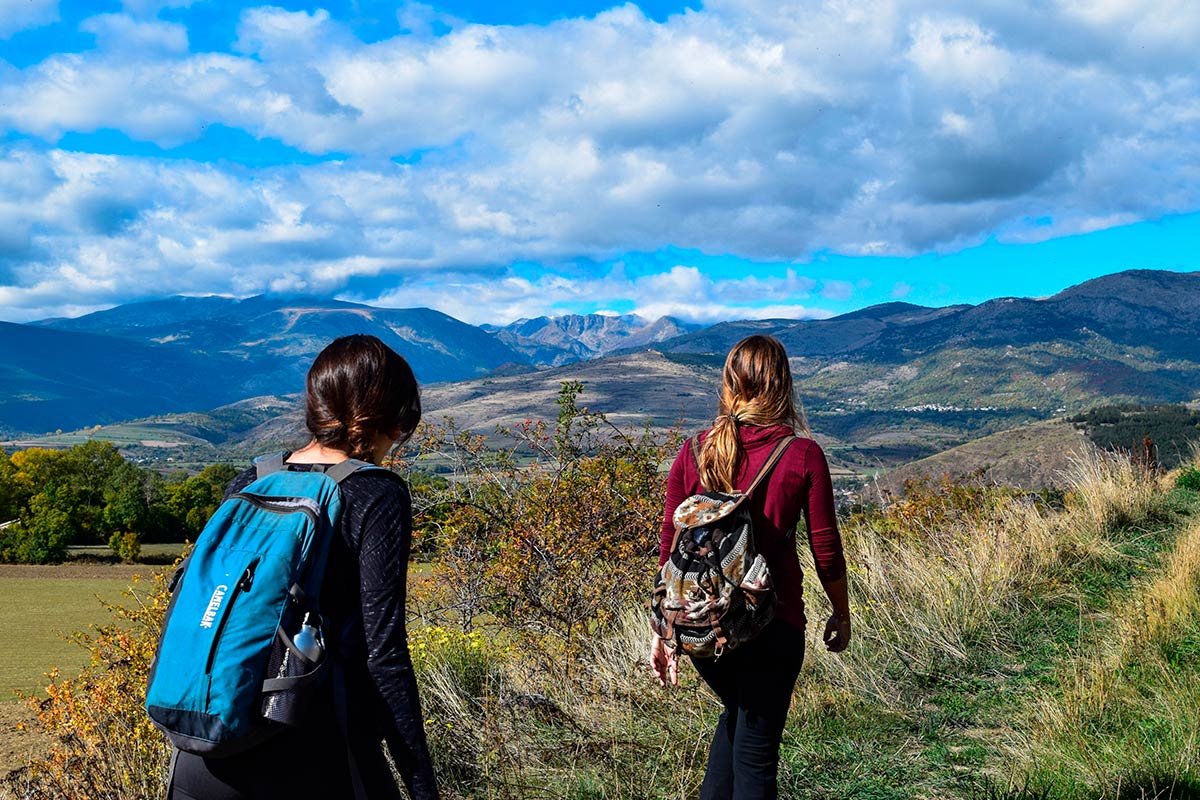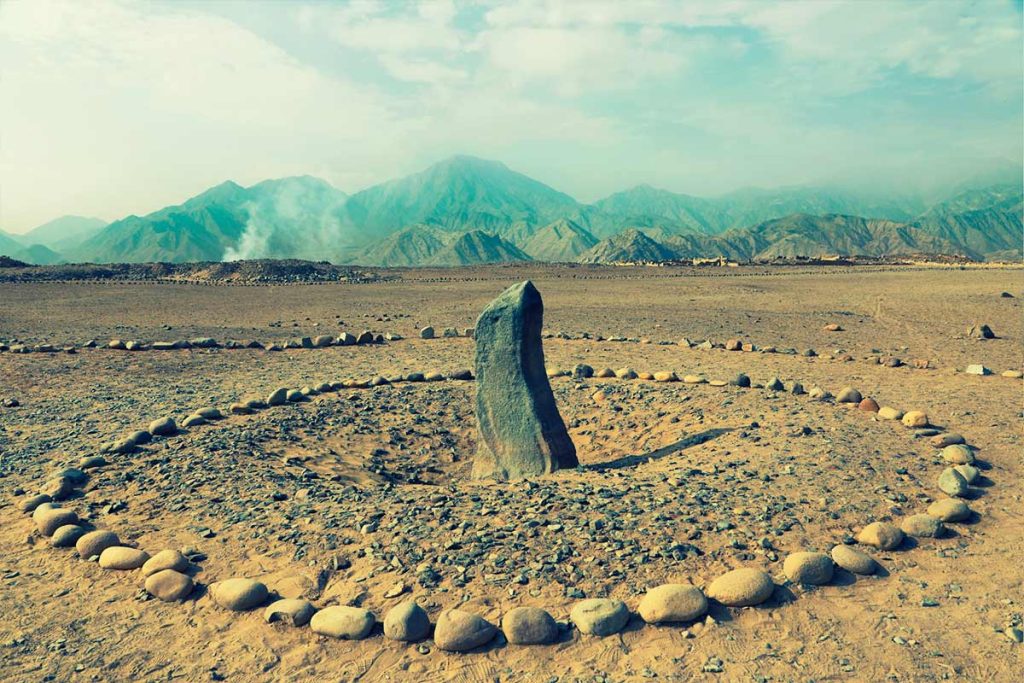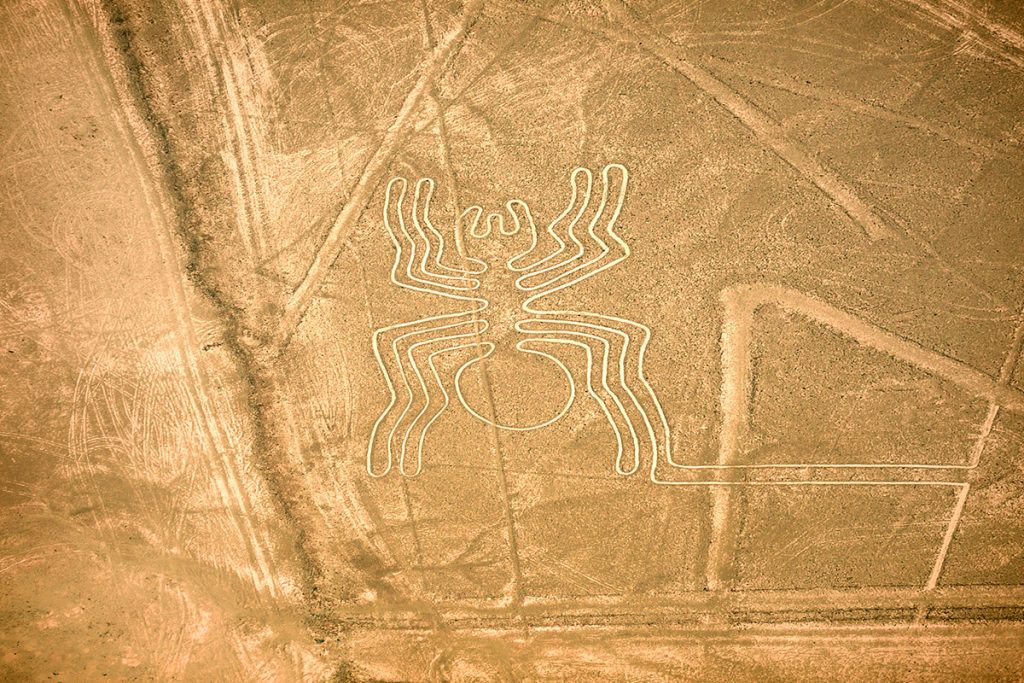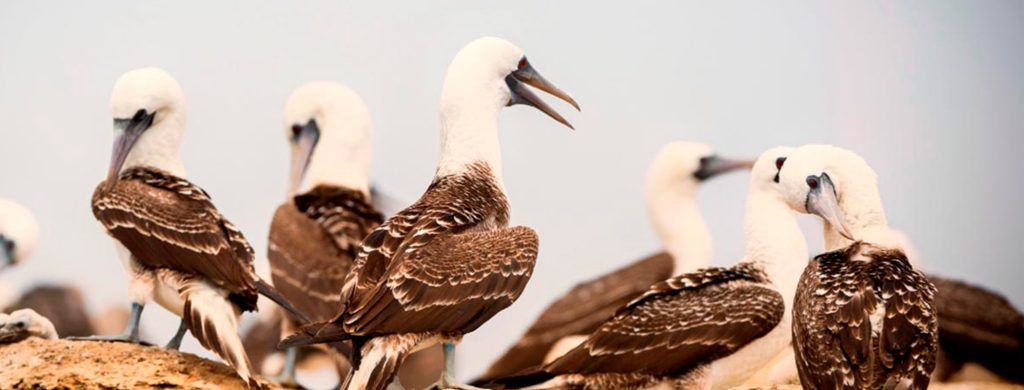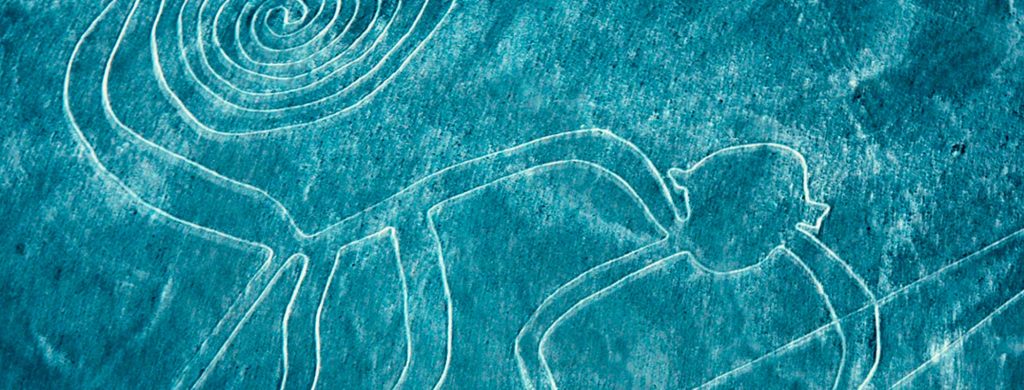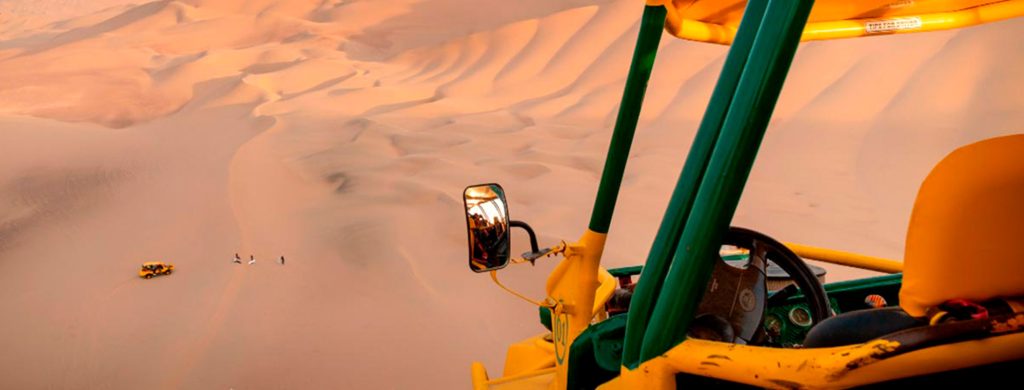While deciding to go on an adventure to Peru, we made sure to choose the appropriate clothing and footwear to brave the conditions along the hiking routes to Machu Picchu!
Is Machu Picchu in the Andes: Exploring the High Altitude
Yes, indeed, and the closest town to Machu Picchu is Águas Calientes, nested in the rugged Andes. Situated at an elevation of over 7,000 feet above sea level, Machu Picchu offers stunning views and a unique high-altitude experience for visitors.
While the altitude can pose challenges for some travelers, proper acclimatization and hydration can help mitigate any potential issues. We recommend spending a few days in Cusco or other high-altitude locations before visiting Machu Picchu to allow your body to adjust gradually.
Hydration
Hydrating properly is crucial when visiting Machu Picchu, especially at high altitudes where dehydration occurs more rapidly. Ensure drinking plenty of water throughout your visit, and consider bringing a refillable water bottle to minimize waste.
Sun Protection
Machu Picchu’s location in the Andean mountains means that UV radiation can be intense, even on cloudy days. Sun protection is essential, so be sure to wear sunscreen with a high SPF, a wide-brimmed hat, sunglasses, and protective clothing to shield yourself from the sun’s rays.
Proper Footwear
Machu Picchu’s uneven terrain and steep stone staircases present numerous challenges. Opt for sturdy, comfortable hiking shoes or boots with good traction to prevent slips and falls. It’s also a good idea to break in your footwear before your visit to avoid blisters and discomfort!
Clothing
Layered clothing is key, as temperatures can vary widely throughout the day. Start with sweat-proof base layers to stay dry and comfortable, add insulating layers for warmth, and finish with a waterproof and windproof outer layer to protect against rain and wind.
Packing Essentials
In addition to clothing and footwear, be sure to pack essential items such as a daypack, snacks, water, a camera or smartphone for capturing memories, insect repellent, hand sanitizer, and any necessary medications. It’s also a good idea to bring a small first aid kit for minor injuries or ailments.
Why Was Machu Picchu So Hard to Find?
Despite its breathtaking beauty and architectural marvels, Machu Picchu remained hidden from the outside world for centuries! This is because the Incas took preventive measures to assure that the Spanish invaders couldn’t find it, burning the paths that lead to the citadel. It wasn’t until the early 20th century that American historian Hiram Bingham stumbled upon this ancient citadel, shrouded in mystery and intrigue.
In today’s world, countless visitors, much like ourselves, are eager to embark on an adventure to discover this modern wonder of the world. Fortunately, unlike its ancient inhabitants, there are a variety of options available to cater to every traveler’s preference when it comes to reaching this enchanting destination.
Do you have to hike to Machu Picchu?
While hiking to Machu Picchu remains a popular choice for many travelers, it’s not the only way to reach this ancient citadel! There are several alternative transportation options available, such as trains and buses, allowing you to reach Machu Picchu without hiking.
The charming town of Aguas Calientes, also known as Machu Picchu Pueblo, serves as the gateway to the citadel and is accessible by train from Cusco or Ollantaytambo. From Aguas Calientes, travelers can take a shuttle bus up the winding mountain road to the entrance of Machu Picchu.
Alternatively, adventurous travelers can opt for a scenic bus ride from Cusco to Hydroelectrica, followed by a picturesque hike along the railway tracks to Aguas Calientes.
Of course, for those seeking adventure and a deeper connection to the land, hiking to Machu Picchu is an unforgettable experience. Whether you choose the classic Inca Trail or one of the lesser-known trekking routes, there are plenty of options to hiking Machu Picchu.
The many paths to Machu Picchu
Out of curiosity, we sought to uncover if one can form a deeper connection with the land and experience: the answer is yes! Hiking Machu Picchu certainly is a journey that requires more careful planning and attention, provided the many elements to consider, namely altitude. However, with the right Machu Picchu hiking tours we cover all your queries and worries with care and attention!
Machu Picchu Hiking Tour Companies
When it comes to embarking on a Machu Picchu hiking tour, choosing the right tour company can make all the difference. That’s why we opted for Conde Travel, a reputable and experienced tour operator renowned for their commitment to quality, safety, and authenticity.
With Conde Travel, not only were we provided with expert guides and well-organized itineraries but also with personalized attention and support every step of the way. From seamless logistics to insider knowledge of the region, Conde Travel ensured that our Machu Picchu hiking tour was nothing short of extraordinary, ranging from experiences that felt us with a experience of a Machu Picchu hiking tours luxury. Navigating the technicalities of hiking Machu Picchu involves careful consideration of various factors to ensure a smooth and enjoyable experience.
How Difficult is Hiking Machu Picchu?
As a group, we discussed the varying difficulty levels of the Machu Picchu hike, considering factors such as elevation gain, steep inclines, and rugged terrain. While some trails, like the classic Inca Trail, present moderate challenges, others, such as the more strenuous Salkantay Trek, may require a higher level of fitness.
How Long is the Hike to Machu Picchu?
This entirely depends on which route you go for! While the classic Inca Trail typically spans four days, other routes like the Short Inca Trail or the train and bus options are shorter. By discussing the length of each route and considering factors such as rest stops and sightseeing opportunities along the way, we provided valuable guidance to help travelers plan their itineraries accordingly.
When to Hike Machu Picchu
Considering the timing of our own experiences and consulting local experts, we shared insights on the best times to hike Machu Picchu. Discussing factors such as weather patterns, peak tourist seasons, and special events like Inti Raymi (the Inca Festival of the Sun), we offered recommendations for optimizing the hiking experience. By choosing the right time to hike Machu Picchu, travelers can enjoy favorable weather conditions, fewer crowds, and enhanced opportunities for photography and sightseeing.
How Far is the Hike to Machu Picchu?
Most hikes encompass a range of 26 to 50 miles round-trip. By discussing trail lengths and highlighting key landmarks along the way, we equipped fellow adventurers with essential information to gauge their readiness and endurance for the trek.
Can You Hike Machu Picchu Without a Guide?
Exploring the option of hiking Machu Picchu independently, we discussed the pros and cons of venturing without a guide. While independent hiking offers flexibility and freedom, it also requires careful navigation, logistical planning, and adherence to park regulations.
But be aware, to hike Machu Picchu without a guide, there are certain regulations and restrictions to be aware of. In recent years, Peru has implemented stricter guidelines for visitors, including mandatory guided tours for certain hiking routes. So it wouldn’t be recommended to explore these ancient paths by yourself, and to rely on experienced travel agencies that may give you all the support needed to make this adventure more enjoyable without any unforeseen events.
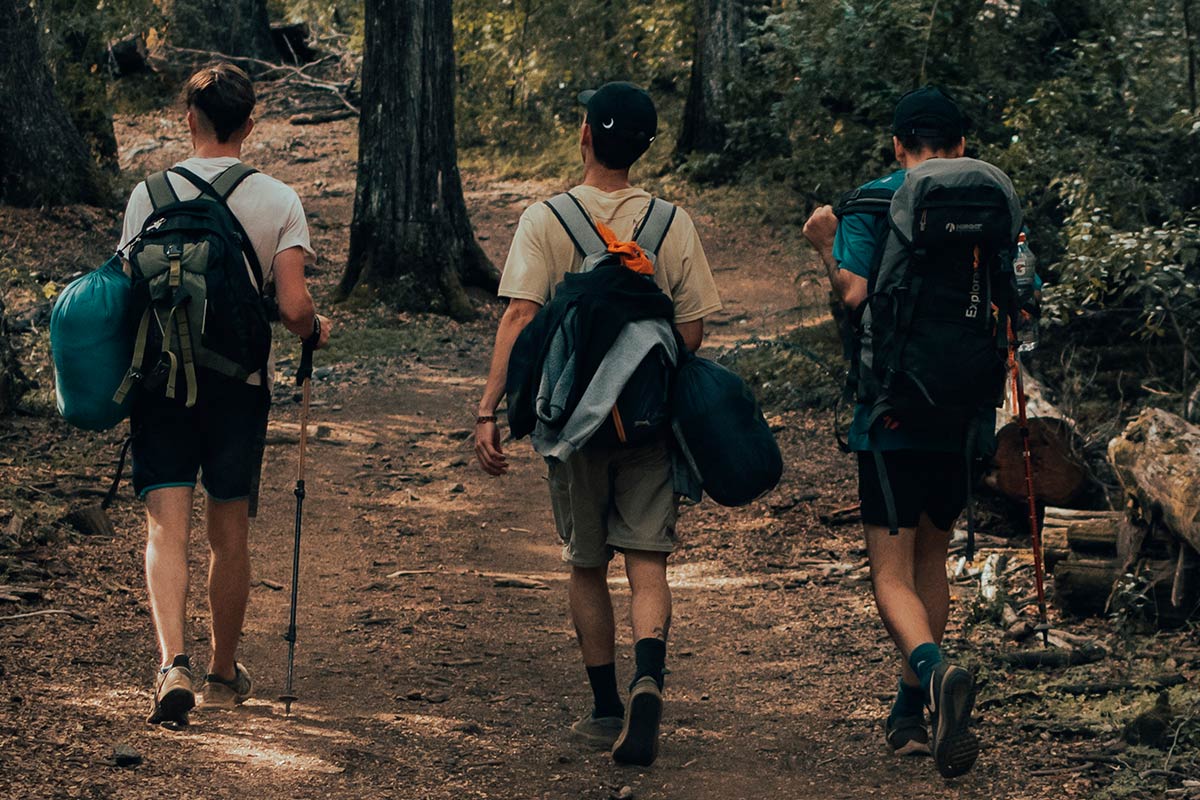
How to hike to Machu Picchu? The Best Machu Picchu hiking tours
Every traveler is unique, which is why we were offered a variety of Machu Picchu hiking tours to suit our preferences and fitness levels. From the iconic Inca Trail to the lesser known Lares Trek, each tour promises unparalleled adventure and discovery.
Each of these treks and trails may change the duration of the trek to Machu Picchu and various factors that are particular to each tour, but we are sure that with the right information and help you are able to find whatever suits better your needs!
The Legendary Inca Trail
Embarking on the legendary Inca Trail offers a unique journey through time, following the footsteps of the ancient Incas. This trek provides an opportunity to traverse mountain passes, cloud forests and ancient Inca ruins on the way to Machu Picchu. However, be prepared—the Inca Trail demands physical endurance and mental fortitude due to its high altitudes and challenging terrain. Yet, the rewards are remarkable.
Along the way, you’ll witness stunning vistas, encounter local Quechua communities, and ultimately reach the awe-inspiring citadel of Machu Picchu.
Where Does the Inca Trail Start?
The journey along the Inca Trail begins at Kilometer 82, near the town of Ollantaytambo in Peru’s Sacred Valley. From here on, trekkers embark on a multi-day adventure through rugged mountain terrain, dense cloud forests, and ancient Inca ruins, culminating in the majestic citadel of Machu Picchu.
Can you hike the Inca Trail alone?
You may wonder whether you truly need a guide for the Inca Trail trek. While it’s true that Peruvian regulations mandate trekkers to be accompanied by licensed guides, there are compelling reasons behind this requirement. By enlisting the services of a knowledgeable guide, you gain access to invaluable expertise and insights that enhance your overall experience. From historical anecdotes and cultural context to safety precautions and trail navigation, a guide provides a wealth of information that enriches your journey along the Inca Trail.
Moreover, having a guide by your side ensures peace of mind, especially in challenging terrain or adverse weather conditions. With their expertise and support, you can fully immerse yourself in the wonders of the Inca Trail while enjoying a safe and enriching adventure!
About the Machu Picchu Inca Trail Tour
From ancient ruins to breathtaking vistas, the accompanying map provides valuable insights into the trail’s terrain, landmarks, and points of interest. Whether you’re a seasoned hiker or a first-time adventurer, this map ensures that you stay on track and make the most of your trek to Machu Picchu.
How Long is the Inca Trail to Machu Picchu?
Embark on a multi-day odyssey along the Inca Trail, spanning approximately 26 miles to reach the fabled citadel of Machu Picchu. As described to us, the trek through rugged mountain terrain and lush cloud forests, each step would bring us closer to the ancient wonders that await.
Machu Picchu Inca Trail Elevation
Ascend to new heights as you conquer the Machu Picchu Inca Trail’s varying elevations. From the towering peaks of Dead Woman’s Pass to the serene valleys below, each ascent and descent offers a unique challenge and reward. With our knowledgeable guides by your side, you’ll acclimate to the altitude with ease and marvel at the stunning landscapes that unfold before you.
At its highest point, trekkers reach an altitude of approximately 4,215 meters (13,829 feet) at Warmiwañusca, also known as Dead Woman’s Pass. This towering peak marks the most strenuous ascent of the trek, testing the endurance and determination of hikers as they conquer the steep incline.
Descending from Dead Woman’s Pass, trekkers enter the lush cloud forests of the Andes, where altitudes range between 2,500 to 3,500 meters (8,202 to 11,482 feet). Here, the air is rich with moisture and the landscape teems with diverse flora and fauna, providing a tranquil contrast to the rugged terrain of the higher elevations.
As the trail winds its way through the mountains, trekkers encounter fluctuations in altitude as they ascend and descend along the undulating terrain. From the challenging climbs to the gentle descents, each change in elevation offers a new perspective of the surrounding landscapes, from panoramic mountain vistas to verdant valleys below.
Machu Picchu Inca Trail Packing List
Prepare for your Machu Picchu Inca Trail adventure with our comprehensive packing list. From sturdy hiking boots and lightweight clothing to essential gear and supplies, we’ve got you covered every step of the way. Check out the list we prepared for you in the beginning of the text!
Machu Picchu Inca Trail Permit
Secure your Machu Picchu Inca Trail permit and unlock access to one of the world’s most iconic trekking routes. Only with a licensed tour operator, they could handle all permit applications and logistics on our behalf, ensuring a seamless and hassle-free experience. With your permit in hand, you’ll embark on a once-in-a-lifetime adventure to Machu Picchu, where ancient mysteries and natural wonders await.
Inca Trail vs. Salkantay
Embarking on a trek to Machu Picchu offers adventurers a choice between two iconic routes: the classic Inca Trail and the alternative Salkantay Trek.
Is the Inca Trail Worth It?
Now, you may be wondering: is the Inca Trail worth it? While both the Inca Trail and the Salkantay Trek offer unique experiences, the answer ultimately depends on your preferences and priorities. While the Inca Trail boasts historical significance and well-preserved ruins, the Salkantay Trek provides stunning mountain scenery and challenging terrain. By considering factors such as hiking difficulty, cultural immersion, and personal interests, you can determine which route aligns best with your travel goals and embark on the adventure of a lifetime.
Salkantay Trek
The Salkantay route stands out as a top choice for adventurers in search of a challenging and fulfilling trekking experience. This trail leads you through a range of ecosystems, from high-altitude mountain passes to cloud forests, offering a diverse and immersive journey.
As you traverse the terrain, you’ll be greeted by breathtaking views of snow-capped peaks, crystal-clear turquoise lakes and majestic cascading waterfalls, each adding to the allure of the trek. However, the true highlight of the Salkantay Trek is reaching the Salkantay Pass, where you’ll be treated to panoramic vistas of the Andes, a moment that encapsulates the awe-inspiring beauty of the region.
Afterwards, descending into the subtropical valley below provides a refreshing change of scenery, completing the trek with a sense of accomplishment and fulfillment.
How Long is the Salkantay Trek?
Spanning approximately 72 kilometers (45 miles), the Salkantay Trek typically takes 4 to 5 days to complete. Each day several hours of hiking, covering varying terrain and altitudes. From challenging ascents to leisurely descents, the Salkantay Trek is a true test of endurance, both physical and mental.
And how hard is the Salkantay Trek? While certain sections of the trek may be challenging, particularly the ascent to the Salkantay Pass at an elevation of 4,600 meters (15,091 feet), it’s generally manageable for most hikers with adequate preparation and pacing. Taking all this into account, we further delve into the safety of the hike.
Is the Salkantay Trek Dangerous?
Whilst the Salkantay Trek offers unparalleled beauty and adventure, some may wonder about its safety. Like any outdoor expedition, there are inherent risks involved, including altitude sickness, inclement weather, and rugged terrain. However, with proper preparation, experienced guides, and adherence to safety protocols, the Salkantay Trek can be a safe and rewarding experience for adventurers of all levels.
The Thrilling Inca Jungle to Machu Picchu Route:
The Inca Jungle Trek would offer an alternative to the traditional Inca Trail and Salkantay, perfect for those seeking an adrelanine-filled experience. This journey combines trekking, biking, zip-lining and rafting through the stunning landscapes of the Peruvian jungle. As we might navigate mountain trails, glide through the canopy on a zip-line and paddle along the mighty Urubamba River towards Machu Picchu. Along the way, we encountered wildlife, waterfalls and remote indigenous communities, immersing ourselves fully in the Andean wilderness along the Inca Jungle Trail.
The Inca Jungle to Machu Picchu
As our journey progressed, we were filled with anticipation as we approached the grand finale: Machu Picchu. The final leg of the Inca Jungle to Machu Picchu trek takes us through awe-inspiring landscapes and mystical cloud forests, culminating in the breathtaking arrival at the ancient citadel. As we stood in awe of Machu Picchu’s towering ruins and panoramic vistas, we were reminded of the incredible journey we’ve undertaken and the memories we’ve created along the way.
Is the Inca Jungle Trek Worth It?
While some may question the allure of the Inca Jungle Trek compared to more traditional routes, we can confidently say that it’s worth every moment. The Inca Jungle Trek offers a unique and unforgettable experience that allows adventurers to connect with nature, immerse themselves in local culture, and challenge themselves in new and exciting ways.
Lares Trek
The Lares Trek in Peru is an opportunity to delve into Andean culture while embarking on a hike through mountain villages and terraced fields. This lesser-known route offers authentic interactions with Quechua communities. Along the way, you’ll have the chance to explore indigenous markets, where colors and traditional crafts abound and even participate in textile weaving workshops, immersing yourself fully in the local culture. The highlight of the Lares Trek is undoubtedly the visit to the natural hot springs of Lares, providing a well-deserved opportunity to relax and rejuvenate amidst the stunning Andean landscape before continuing your journey to Machu Picchu.
Exploring Lares Trek Altitude
Boasting altitudes of up to 4,600 meters (15,091 feet) above sea level, the Lares Trek presents a moderate to challenging elevation gain for trekkers. While altitude sickness is a concern for some, proper acclimatization, hydration, and pacing can help minimize its effects.
Lares Trek vs. Inca Trail: Choosing the Right Path
When it comes to trekking to Machu Picchu, we faced another dilemma of choosing between the Lares Trek and the Inca Trail. While both routes offer unique experiences, the Lares Trek stands out for its pristine wilderness, cultural immersion, and off-the-beaten-path appeal. Unlike the Inca Trail, which can be crowded and heavily regulated, the Lares Trek provides a more intimate and authentic journey through the Andean highlands.
Choquequirao Trek
Choquequirao, often referred to as the “sister city” of Machu Picchu, is a lesser-known archaeological site that rivals its famous counterpart in grandeur and significance. Located high in the Peruvian Andes, Choquequirao boasts sprawling terraces, intricate stone structures, and breathtaking vistas that rival those of Machu Picchu.
Yet, despite its undeniable beauty and historical importance, Choquequirao remains relatively undiscovered by mainstream tourism, making it a hidden gem for intrepid explorers seeking off-the-beaten-path adventures.
Choquequirao Ruins: A Journey Through Time
As we wander through the ancient ruins of Choquequirao, we’re transported back in time to the days of the Inca civilization. From the intricately carved stone walls to the expansive ceremonial plazas, every corner of Choquequirao tells a story of the people who once inhabited this sacred site. With its remote location and limited visitor access, Choquequirao offers a truly immersive and authentic experience for those who dare to venture off the tourist trail.
Choquequirao Cable Car: Balancing Preservation and Accessibility
One of the most controversial topics surrounding Choquequirao is the proposed construction of a cable car to improve access to the site. While some argue that a cable car would make Choquequirao more accessible to visitors and boost tourism revenue, others express concerns about the potential environmental impact and disruption to the site’s natural beauty. As discussions continue, it’s essential to consider the delicate balance between preserving Choquequirao’s heritage and making it accessible to future generations of travelers.
Choquequirao Tours: Guided Adventures to Remember
For those eager to explore Choquequirao, guided tours offer a convenient and immersive way to experience the site’s wonders. Whether trekking along ancient Inca trails or marveling at the panoramic views from Choquequirao’s lofty perch, our tours ensure an unforgettable adventure for travelers of all ages and interests.
Choquequirao trek to Machu Picchu
For the ultimate adventure, consider embarking on the Choquequirao to Machu Picchu trek, a challenging yet rewarding journey that takes you from one ancient wonder to another. Trekking through rugged mountain terrain and dense cloud forests, you’ll follow in the footsteps of ancient Inca pilgrims as you make your way to the legendary citadel of Machu Picchu.
Vilcabamba Trek
Set on an unforgettable journey to Vilcabamba, Peru. Vilcabamba Inca sanctuary of the Spanish invadors, reveals its ancient secrets to modern adventurers. Explore the mystical Vilcabamba ruins, tracing the footsteps of the ancient inhabitants and unraveling the mysteries of this legendary land. Immerse yourself in the vibrant culture of Vilcabamba’s population, interacting with indigenous communities and experiencing traditional rituals firsthand. With our guided tours, you’ll delve deep into Vilcabamba’s rich history and explore its hidden treasures, making memories to last a lifetime.
Is Machu Picchu Worth It: Debunking the Myth
Undoubtedly, the answer is a resounding yes. As we reflect on our awe-inspiring journey through the Andean highlands and ancient ruins, it’s clear that Machu Picchu offers an unparalleled experience that transcends expectations. From the rugged beauty of the Inca Trail to the adventurous spirit of the Inca Jungle route and the cultural immersion of the Lares Trek, each path presents its own unique blend of challenges and rewards.
With the expert guidance of Conde Travel, every moment of our expedition was enriched with insights, support, and unforgettable memories. Whether marveling at panoramic vistas, exploring ancient ruins, or interacting with local communities, Machu Picchu captivates the senses and ignites the spirit of adventure within us. So, as you embark on your own journey to this modern wonder of the world, rest assured that Machu Picchu is not just a destination—it’s an experience that will leave an indelible mark on your soul, making every step of the journey worth it.

